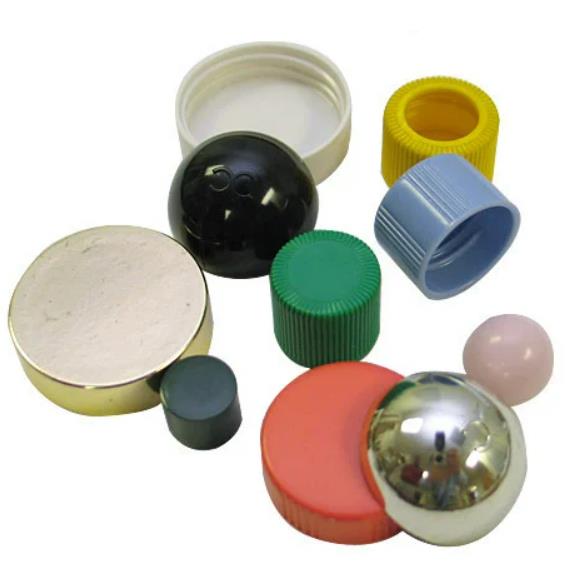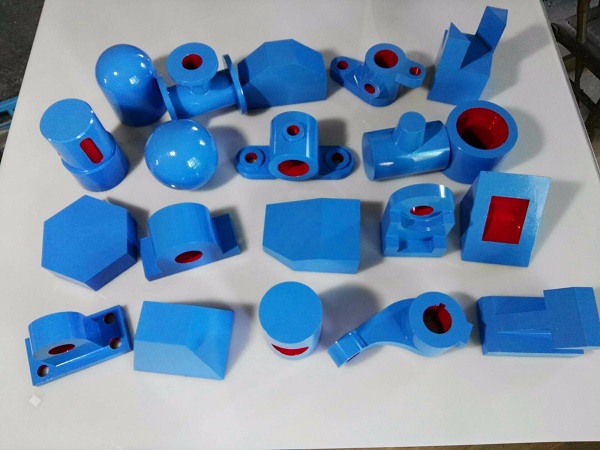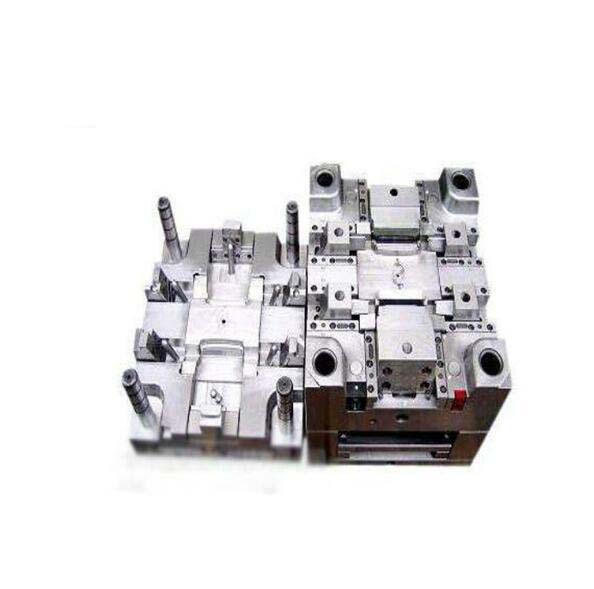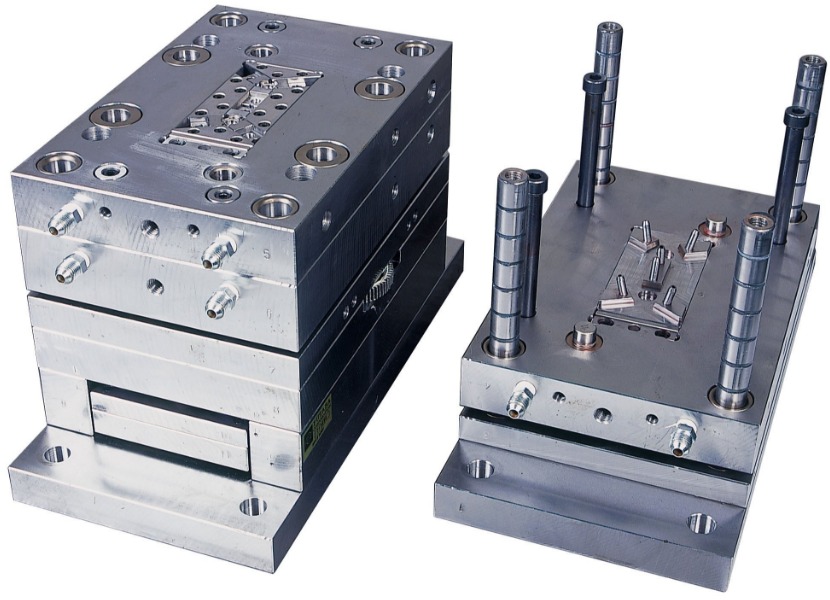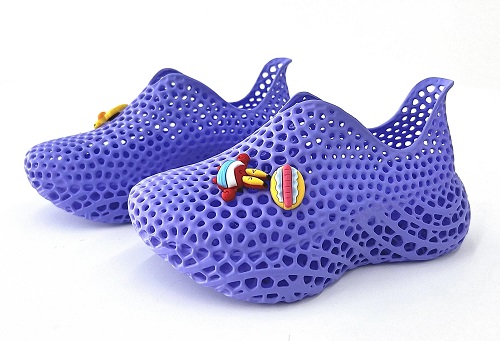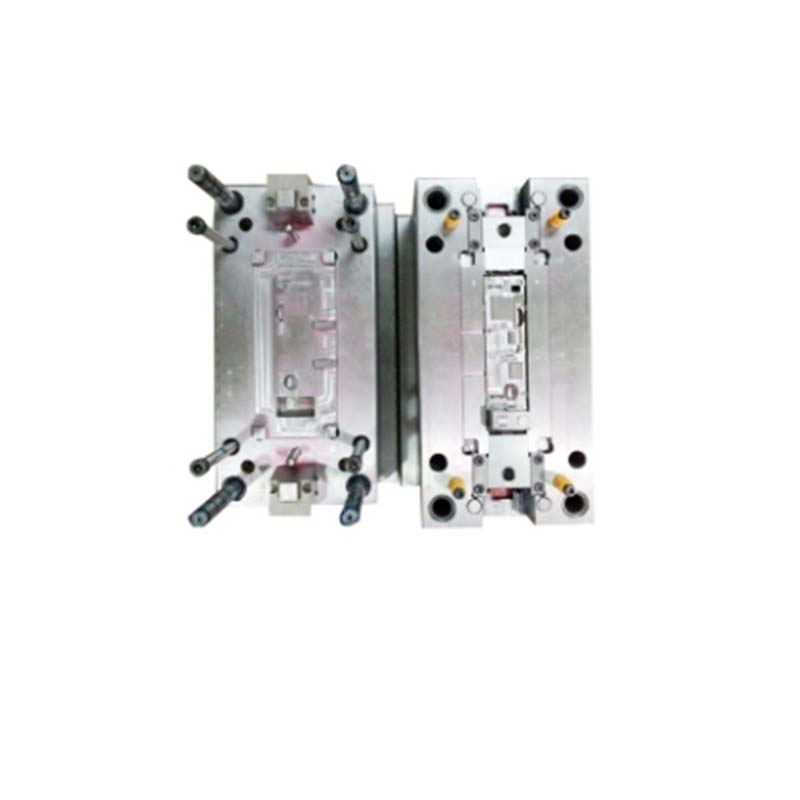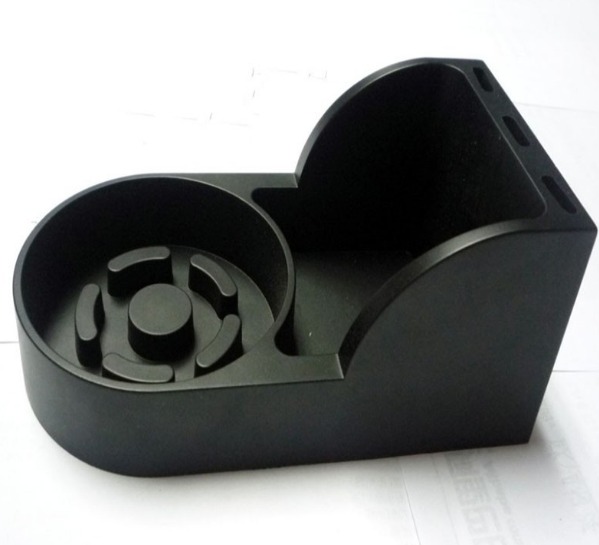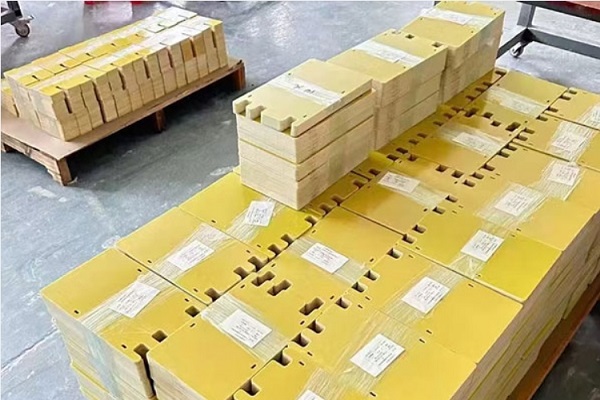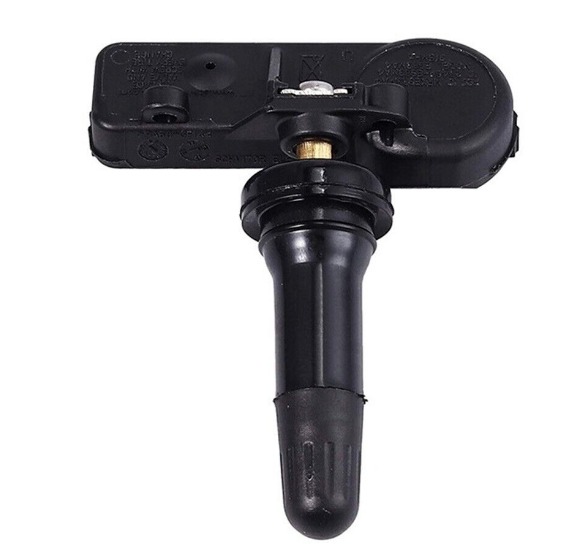Introduction to Water Assisted Injection Molding Process
What is Water Assisted Injection Molding?
Water Assisted Injection Molding is an advanced manufacturing technique that has gained significant traction in the plastics industry. It shares a similar concept with Gas Assisted Injection Molding, but instead of using gas, it employs water as the auxiliary medium. In this process, water is introduced into the mold cavity after an initial injection of molten plastic. This innovative approach allows for the creation of hollow or semi - hollow plastic parts with unique characteristics.
Key Components and Working Mechanism
- Key Components
- Injection Molding Machine: The heart of the operation, it is responsible for melting the plastic resin and injecting it into the mold cavity. High - precision injection molding machines are required to ensure accurate control of the plastic injection volume and pressure. For example, modern injection molding machines can achieve injection pressure up to several hundred bar, ensuring the smooth flow of molten plastic into the mold.
- Mold: The mold is custom - designed according to the shape of the final product. It must be able to withstand high pressures during both the plastic injection and water injection stages. Special materials are often used for mold construction, such as high - strength steel, to ensure durability. Additionally, the mold needs to have proper channels for water circulation to facilitate the water injection and cooling processes.
- Water Delivery System: This system includes components like pumps, valves, and pipes. The pumps are used to generate the high pressure necessary to inject water into the mold cavity. Valves control the flow of water, ensuring precise timing and pressure regulation. High - pressure pipes are used to transport water from the pump to the mold, and they must be able to withstand the high - pressure environment without leakage.
- Working Mechanism
- Plastic Injection Stage: First, a specific amount of molten plastic is injected into the mold cavity. The amount of plastic injected is carefully calculated based on the design of the final product. For instance, if a hollow pipe is to be produced, the initial plastic injection will be sufficient to form the outer wall of the pipe. The injection pressure and speed are optimized to ensure that the plastic fills the mold cavity evenly, covering all the intricate details of the mold.
- Water Injection Stage: Once the plastic is in place, high - pressure water is injected into the mold cavity. The water follows the path of least resistance, pushing the molten plastic towards the outer edges of the mold. This process creates a hollow section within the plastic part. The pressure of the water injection is crucial; it needs to be high enough to effectively displace the plastic but not so high as to cause damage to the mold or the partially formed plastic part.
- Cooling and Solidification Stage: After the water has created the desired hollow structure, it also acts as a cooling agent. Water has a high heat capacity, which means it can absorb a large amount of heat from the molten plastic. This significantly speeds up the cooling process of the plastic. As the plastic cools and solidifies around the water - filled cavity, the final shape of the product is formed. During this stage, the water pressure is maintained to ensure that the plastic maintains its shape and there are no deformations.
- Water Drainage Stage: Once the plastic has fully solidified, the water is drained from the mold cavity. Special drainage mechanisms are in place to ensure that all the water is removed. In some cases, compressed air may be used to assist in the drainage process, ensuring that the hollow section within the plastic part is completely dry. After the water is drained, the molded plastic part can be ejected from the mold, ready for further processing or use.
Applications of Water Assisted Injection Molding
Water Assisted Injection Molding has found its way into various industries, revolutionizing the manufacturing of a wide range of products. Here are some of the key application areas:
3C Electronics
In the 3C electronics industry, water assisted injection molding has become an increasingly popular choice for manufacturing components. For example, in the production of phone shells, this process offers several advantages. The ability to create hollow structures reduces the weight of the shell significantly. A study showed that compared to traditional injection - molded phone shells, those made with water assisted injection molding can be up to 30% lighter. This is crucial for modern smartphones, where reducing weight while maintaining structural integrity is a top priority.
For computer accessories like laptop housings, water assisted injection molding allows for the integration of complex internal structures. It can create channels for heat dissipation within the housing, improving the overall thermal management of the laptop. In a case study of a major laptop manufacturer, they found that by using water assisted injection molding for their laptop housings, the internal temperature of the laptop decreased by an average of 5°C during heavy - duty usage, leading to better performance and longer lifespan of internal components.
Automotive Industry
The automotive industry has also embraced water assisted injection molding. In the production of automotive interior parts, such as instrument panels, this process provides enhanced design flexibility. It can create parts with a combination of solid and hollow sections, which not only reduces weight but also improves the acoustic properties of the vehicle interior. A report by an automotive research firm indicated that cars with water - assisted - injection - molded interior parts had a 10 - decibel reduction in interior noise levels compared to those with traditional parts.
For automotive Pipe fitting, water assisted injection molding is ideal. It can produce pipes with smooth inner walls, reducing fluid flow resistance. In fuel lines, for instance, this results in more efficient fuel delivery. A comparison test showed that fuel lines made with water assisted injection molding reduced fuel flow losses by 15% compared to conventional injection - molded fuel lines, leading to better fuel efficiency for the vehicle.
Medical and Consumer Products
In the medical field, water assisted injection molding is used to manufacture medical devices such as inhaler components. The process ensures high - precision and smooth inner surfaces, which is crucial for the proper functioning of the device. Smooth inner walls in inhaler tubes help in the consistent delivery of medication to the patient. A clinical study demonstrated that inhalers with components made by water assisted injection molding had a 20% improvement in medication delivery accuracy compared to those with traditional components.
In the consumer products sector, items like handheld grooming devices benefit from this process. Water assisted injection molding allows for the creation of ergonomic and lightweight designs. For example, a popular brand of electric shavers switched to water assisted injection molding for their shaver bodies. As a result, the weight of the shaver decreased by 20%, making it more comfortable for users to hold during extended use, and the product's sales increased by 15% within the first year of the design change.
Yigu Technology's View
As a non - standard plastic metal products custom supplier, Yigu Technology highly values the Water Assisted Injection Molding Process. This innovative process offers great potential and value in custom product manufacturing.
For complex - structured products, traditional injection molding often faces challenges in achieving the desired design. However, the water assisted injection molding process can easily meet these demands. It enables the creation of hollow structures and complex internal geometries, which is crucial for custom - designed products. By using this process, Yigu Technology can enhance product performance. For example, in the production of custom - made plastic components for industrial equipment, the hollow structures created by water assisted injection molding not only reduce weight but also improve the component's strength - to - weight ratio.
Moreover, from a cost - control perspective, although the initial investment in water assisted injection molding equipment might be relatively high, in the long run, it can lead to cost savings. The reduction in material usage due to the creation of hollow parts and the shorter production cycle (thanks to the high - efficiency cooling provided by water) contribute to overall cost - effectiveness. Yigu Technology believes that by leveraging the water assisted injection molding process, it can provide customers with high - quality, customized non - standard plastic metal products at a reasonable price, meeting the diverse needs of different industries.
FAQ
What are the main differences between water - assisted and gas - assisted injection molding?
- Medium: The most obvious difference is the auxiliary medium. Water - assisted injection molding uses water, while gas - assisted injection molding uses gas, usually nitrogen.
- Process Characteristics: Water has a higher density and heat capacity than gas. This means that in water - assisted injection molding, the cooling rate is faster, which can lead to shorter cycle times. For example, in the production of some automotive parts, the cycle time in water - assisted injection molding can be 20 - 30% shorter compared to gas - assisted injection molding. However, water injection requires more complex equipment to handle the high - pressure water and ensure proper drainage. Gas injection systems are generally simpler in terms of the delivery system.
- Product Effects: Water - assisted injection molding can produce parts with smoother inner surfaces. In the manufacturing of pipes, for instance, the inner surface roughness of pipes made by water - assisted injection molding can be 30 - 50% lower than those made by gas - assisted injection molding, which is beneficial for applications where fluid flow is involved. Gas - assisted injection molding may be more suitable for parts that require a more uniform distribution of gas channels, such as some large - scale plastic furniture parts.
How can we effectively avoid defects in water - assisted injection molding?
- Optimize Process Parameters: Carefully adjust parameters such as plastic injection volume, water injection pressure, and injection time. For example, if the water injection pressure is too high, it may cause the plastic to rupture. By conducting preliminary tests and gradually adjusting these parameters, the optimal settings can be determined.
- Use Simulation Technology: Employ mold flow simulation software like Moldex3D. This software can predict potential issues such as water penetration patterns, areas of uneven cooling, and the formation of defects like voids or warping. Based on the simulation results, the mold design and process parameters can be modified before actual production, reducing the risk of defects.
- Ensure Proper Mold Design: Design the mold with appropriate channels for water circulation and drainage. The mold should also have sufficient strength to withstand the high - pressure water injection. Additionally, proper venting in the mold can prevent the formation of air pockets, which can lead to defects in the final product.
Which materials are most suitable for water - assisted injection molding?
- Thermoplastic Plastics: Materials like Polypropylene (PP) and Polyethylene (PE) are very suitable. PP has good chemical resistance and mechanical properties, and it can easily adapt to the water - assisted injection molding process. It is often used in the production of automotive interior parts and consumer product housings. PE, on the other hand, has excellent flexibility and low cost, making it a popular choice for applications such as pipes and tubing.
- Engineering Plastics: Some engineering plastics like Polycarbonate (PC) can also be used in water - assisted injection molding. PC offers high strength, heat resistance, and dimensional stability. It is suitable for manufacturing parts in the 3C electronics industry where high - performance materials are required, such as laptop frames and mobile phone components. These materials can withstand the high - pressure water injection and the subsequent cooling process without significant deformation or degradation.
